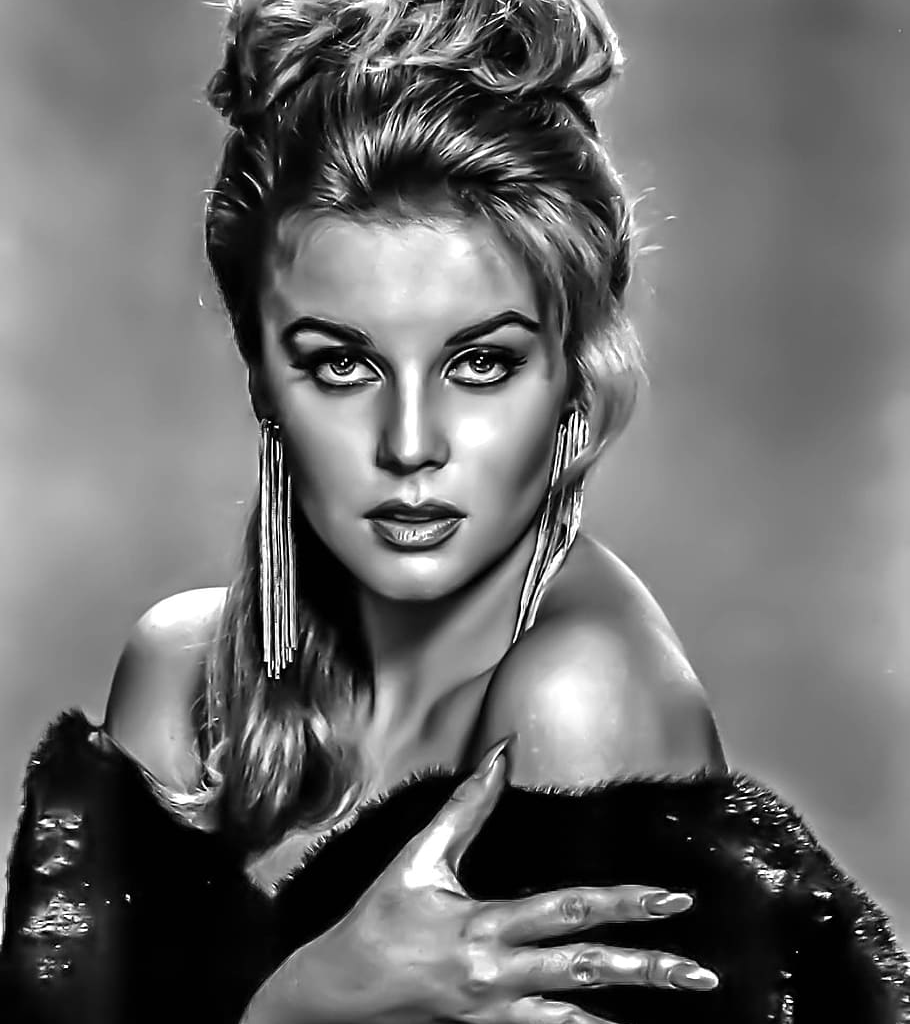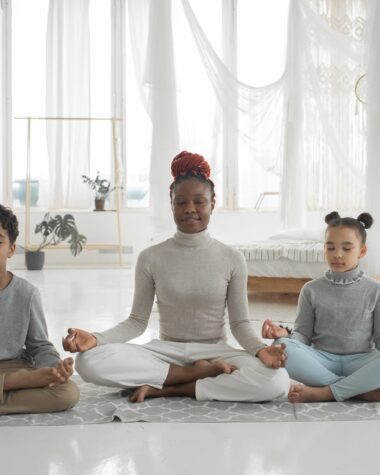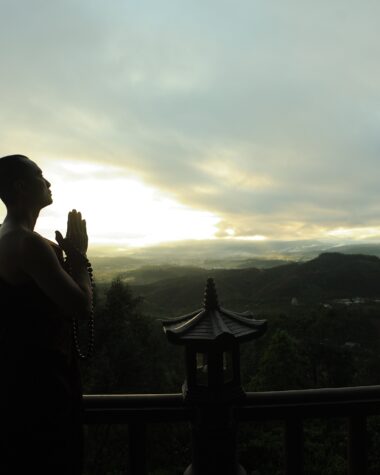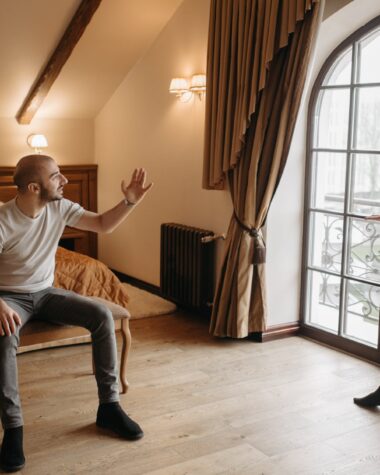Introduction to the Upturned-Nose
Welcome, fellow readers and beauty enthusiasts, to a fascinating exploration of a facial feature that has captured the attention and admiration of cultures throughout history – the upturned nose. This unique trait, characterized by its slight upward curve at the tip, holds not only aesthetic appeal but also deep cultural significance across various societies. In this captivating journey through time and artistry, we will delve into ancient mythology, uncovering how the upturned nose has been revered as a symbol of beauty and divine grace. We’ll also explore its impact on contemporary beauty standards, drawing inspiration from celebrity examples who have embraced this charming characteristic.
Cultural Significance of the Upturned Nose
The upturned nose has long held a special place in various cultures around the world. In many Eastern cultures, an upturned nose is considered a symbol of beauty and elegance. It’s seen as a sign of refinement and grace, often associated with royalty and nobility.
- In Some African Cultures: In some African cultures, an upturned nose represents strength and resilience. It is believed that individuals with this characteristic possess strong leadership qualities and are capable of overcoming adversity.
- In Certain Indigenous Communities: Moreover, in certain indigenous communities, an upturned nose holds spiritual significance. It is believed to be a connection to ancestors and spirits, representing wisdom and intuition.
- In Western Societies: Interestingly enough, the cultural significance of the upturned nose can also vary within regions or countries. For example, in Western societies, there has been a shift towards favoring more prominent noses as symbols of attractiveness.
This diversity in cultural interpretations highlights how beauty standards are not fixed but rather influenced by societal norms and values. The perception of beauty evolves based on individual preferences and prevailing trends. Understanding the cultural significance attached to different physical features allows us to appreciate the rich tapestry of human diversity across the globe without imposing rigid standards or judgments on others’ appearances.
Upturned Nose in Ancient Art and Mythology
Ancient civilizations have long revered the upturned nose for its inherent charm and unique characteristics. In ancient art, the depiction of individuals with upturned noses was a symbol of
beauty, grace, and divine lineage. From Egyptian hieroglyphs to Greek sculptures, this facial feature held great significance. In Egyptian mythology, the goddess Hathor is often depicted with an upturned nose as a representation of her captivating allure. She was known as the goddess of love, joy, and beauty—traits that were believed to be enhanced by her elegantly upturned snout. Similarly, in Greek mythology, Aphrodite—the goddess of love—was portrayed with a delicate upturned nose. The Greeks believed that this facial feature conveyed femininity and elegance.
Beyond symbolism in mythological representations, ancient artists also incorporated the upturned nose into their artwork as a way to convey realism and emotion. It added depth to their creations by capturing subtle nuances of human expression. The enduring presence of these artistic depictions reinforces how deeply ingrained the admiration for an upturned nose was within ancient cultures. Its prominence in both sacred texts and artistic masterpieces speaks volumes about its cultural significance during those times.
The Impact of Upturned Nose on Beauty Standards
Beauty standards vary across cultures and throughout history, with certain traits often taking the spotlight. One such feature that has captivated attention is the upturned nose. This delicate curve at the tip of the nose has been associated with grace, femininity, and even youthfulness.
- A Desirable Characteristic of Women: In many societies, an upturned nose is considered a desirable characteristic of women. It is often seen as attractive and adds a touch of charm to one’s facial features. The upward tilt can create a sense of playfulness and approachability.
- Different Cultures Have Their Unique Standards: However, it’s important to note that beauty ideals are not fixed or universal. Different cultures have their unique standards of attractiveness, which may or may not prioritize an upturned nose. In some regions, a prominent or straighter nose may be preferred instead.
- The Influence of Celebrity Culture: It’s also worth noting that the influence of celebrity culture plays a significant role in shaping beauty trends around the world. Many Hollywood stars have sported upturned noses – think Audrey Hepburn or Scarlett Johansson – further reinforcing its desirability for some individuals.
Whether someone finds an upturned nose beautiful is subjective; personal preferences differ greatly from person to person. It’s crucial to remember that physical appearance should never define anyone’s self-worth or value as a human being.
Celebrity Upturned Nose Examples
When it comes to beauty standards and trends, celebrities often play a significant role in shaping our perceptions. The upturned nose is no exception. Many famous faces have sported this unique feature, adding to its allure and desirability.
- Scarlett Johansson: One notable celebrity with an upturned nose is the stunning actress Scarlett Johansson. Her delicate yet defined upturned nose enhances her already captivating features, creating a symmetrical and harmonious look that has become iconic.
- Rihanna: Another celebrity known for her upturned nose is the talented singer Rihanna. Her flawless complexion combined with her perfectly proportioned upturned nose adds an air of elegance to her overall appearance.
- Gisele Bündchen: We can’t forget about supermodel Gisele Bündchen, whose natural beauty is accentuated by her upturned nose. It gives her face a youthful charm and sophistication that has made her one of the most sought-after models in the industry.
- Emma Watson: Actress Emma Watson also possesses an exquisite upturned nose that complements her graceful features. It adds character and refinement to her face, further highlighting her undeniable beauty.
Also Read: Enhance Your Facial Symmetry: The Benefits of Using Dermal Fillers on Your Temples
Conclusion
In this exploration of the upturned nose, we have delved into its cultural significance, ancient art and mythology connections, and impact on beauty standards. The upturned nose has proven to be a unique feature that holds various meanings across different cultures. From being associated with youthful innocence in Western societies to representing charm and femininity in Asian cultures, the upturned nose has captured our fascination throughout history. Its presence can be seen in ancient sculptures and paintings, serving as a symbol of beauty and grace.








